Every autumn in designated areas in the northern hemisphere, trees prepare for winter, just as the creatures in the forest are getting ready. The diminishing hours and falling temperatures enable the trees to shed billions of leaves; the spectacular show of vibrant colors show throughout the landscape. These shades include yellow, orange, and red.
What causes all of these wonderful Fall colors we see each year?
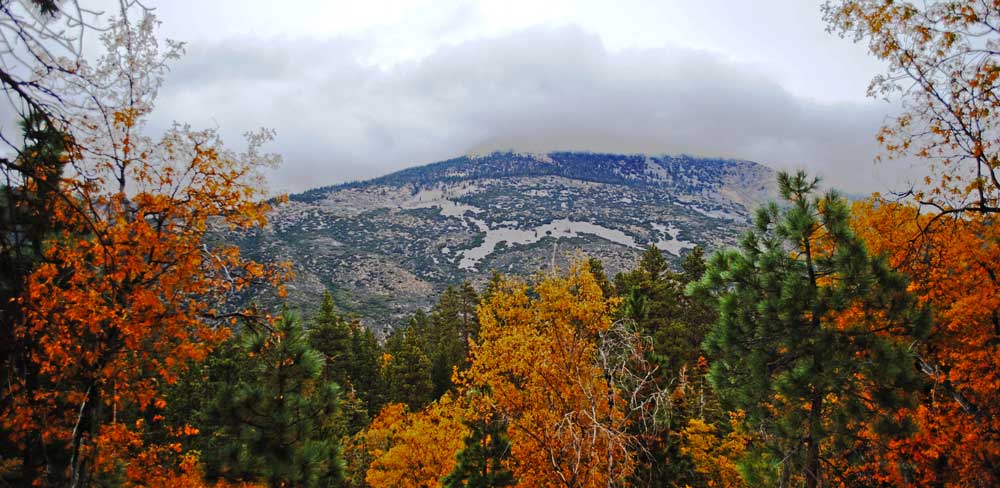 Changes in color are the result of the leaf pigments transforming. Just like plants, we rely very heavily on the sun for our daily lives. The plants need the sun for photosynthesis; our eyes need the sun to perceive the colors we see. As humans, our spectrum of visible light is less than 1% of all the light that reaches us. Each season brings to light different chemicals in leaves that showcase amazing colors, from full sunlight and warm temperatures in the summer to the cool and dimming light of the oncoming winter.
Changes in color are the result of the leaf pigments transforming. Just like plants, we rely very heavily on the sun for our daily lives. The plants need the sun for photosynthesis; our eyes need the sun to perceive the colors we see. As humans, our spectrum of visible light is less than 1% of all the light that reaches us. Each season brings to light different chemicals in leaves that showcase amazing colors, from full sunlight and warm temperatures in the summer to the cool and dimming light of the oncoming winter.
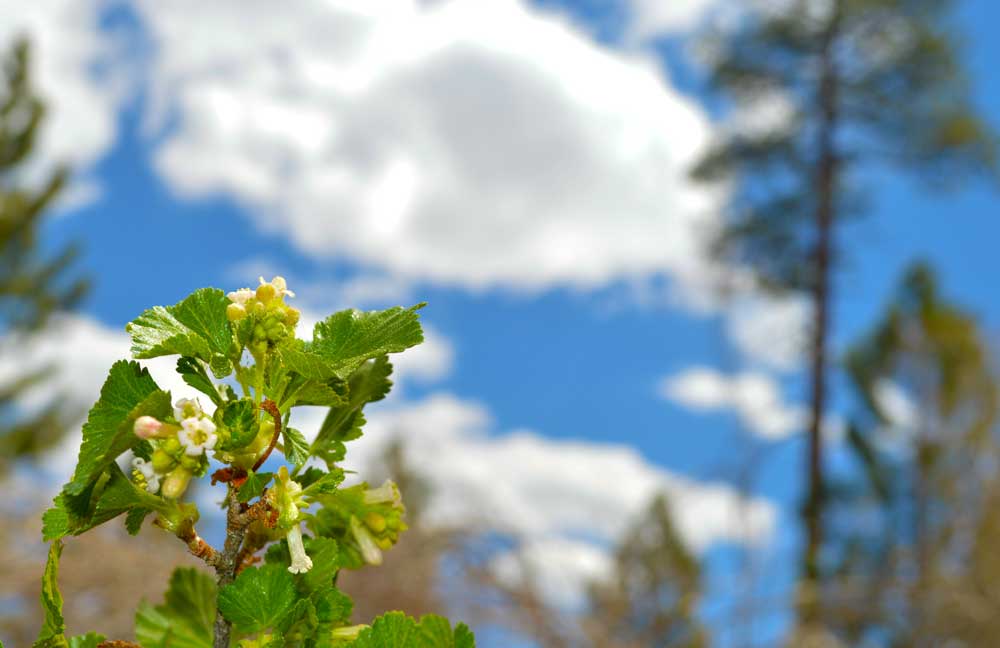 The GREEN of SPRING
The GREEN of SPRING
The leaves start as green from the chlorophyll, as we see in the spring and summer time. Chlorophyll absorbs blue and red light from the falling sunlight. The chlorophyll molecules are quite large and attach to the chloroplasts. In the chloroplasts is where photosynthesis occurs within the leaves. Chlorophyll is not a very stable compound, not water soluble. Throughout the summer, in the sunshine, the chlorophyll is continually being degenerated and broken down in the leaves. The plants constantly synthesize in the sunlight and warm temperatures. This gives the leaves their green color.
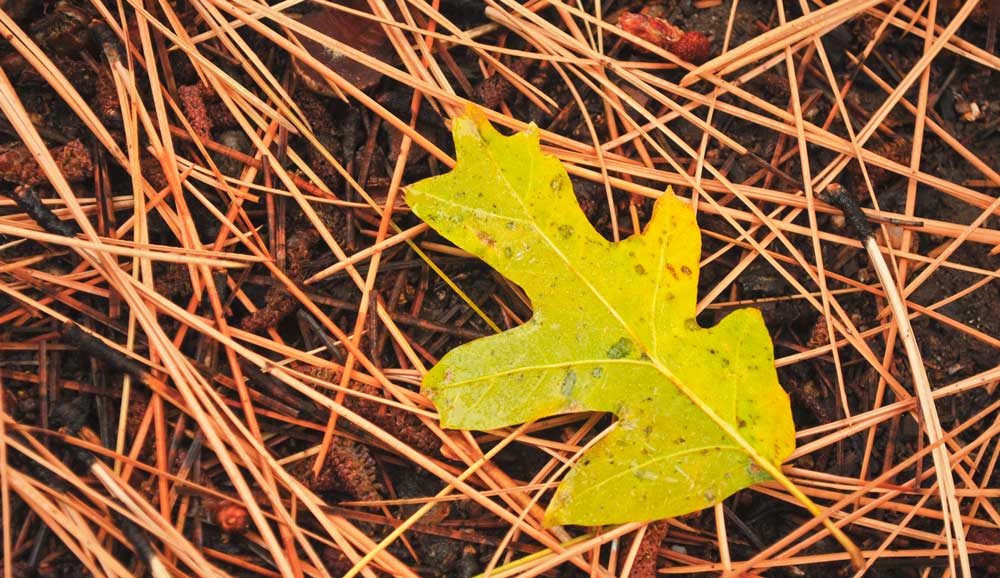 Turning YELLOW
Turning YELLOW
Another pigment found in the leaves of many different plants is carotene. Carotene absorbs blue-green and blue light. The light reflected back to our eye appears as yellow and orange. Carotene is found in such plants as bananas, corn, carrots and some squash. Carotenoids are responsible for the yellow color of elms, aspen, some oaks, maples, and ashes. Carotene is a large molecule as well that resides in the chloroplasts of many plants. When chlorophyll and carotene occur in the same leaf, together they visually remove the red, blue-green, and blue light from the sunlight shining on the leaf. The light reflected back to us appears green. Carotene acts as an accessory absorber (a fancy way of saying it absorbs the energy from light) and is not water soluble.
The energy of light absorbed by the carotene is transferred to chlorophyll, which uses the energy transferred in photosynthesis. Carotene is a much more stable compound than chlorophyll. Carotene remains in the leaf even when the chlorophyll disappears.
After the chlorophyll disappears, the remaining carotene causes the leaf to show yellow.
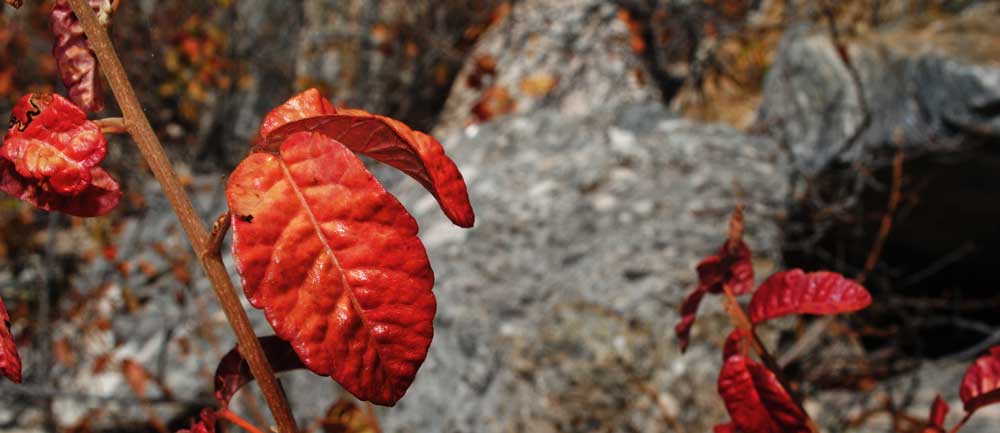 PURPLISH Leaves?
PURPLISH Leaves?
Anthocyanins are what gives leaves the pink and purple shades in plants such as scarlet oaks, dogwoods, and red maples. They also are found in red apples, grapes, plums, and berries. This chemical is found in the cell sap, as a liquid, and is water-soluble. The intensity of the leaf color is influenced by the cells pH. Anthocyanins can appear in a purplish or blue hue as the cell sap pH increases because of many different factors, such as temperature and water availability. Anthocyanins are produced in the leaves in autumn and are not present other times of the year.
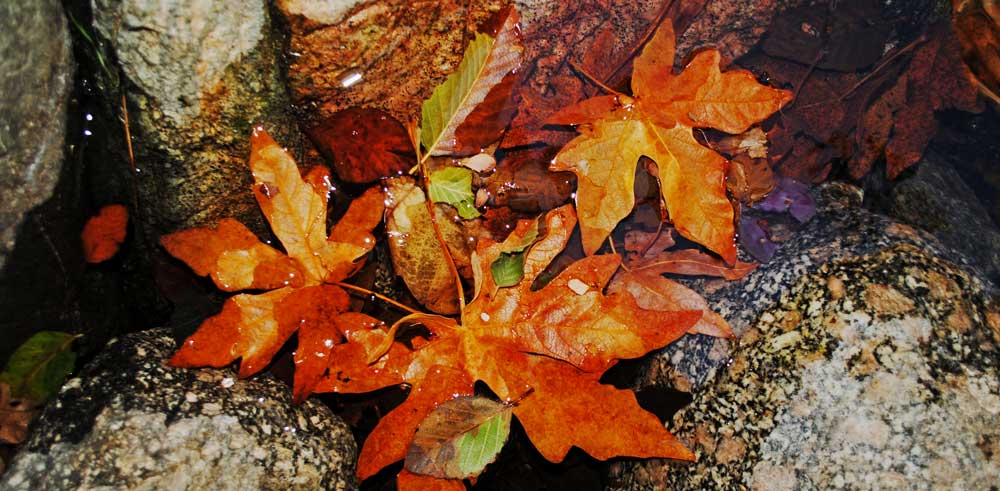 Showcasing BROWN
Showcasing BROWN
Tannins are what give brown hues to some oak leaves. Tannins tend to combine with other leaf chemicals and produce the golden yellow in some leaves. Leaves always have tannins, but tannins become visible as the chlorophyll and cartenoids disappear from leaves.
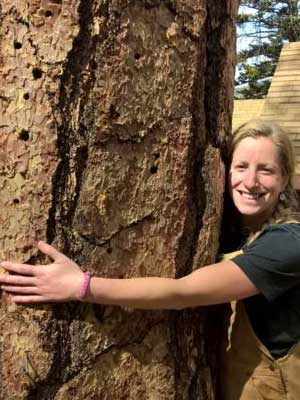 The weather conditions, available moisture and temperature, which occur before and during the chlorophyll breaking down, are the main influences of the intensity of the autumn color. All these chemicals create the beautiful colors that are enjoyed throughout the fall season.
The weather conditions, available moisture and temperature, which occur before and during the chlorophyll breaking down, are the main influences of the intensity of the autumn color. All these chemicals create the beautiful colors that are enjoyed throughout the fall season.
At High Trails Outdoor Science School, we literally force our instructors to write about elementary outdoor education, teaching outside, learning outside, our dirty classroom (the forest…gosh), environmental science, outdoor science, and all other tree hugging student and kid loving things that keep us engaged, passionate, driven, loving our job, digging our life, and spreading the word to anyone whose attention we can hold for long enough to actually make it through reading this entire sentence. Whew…. www.dirtyclassroom.com

Comments are closed.